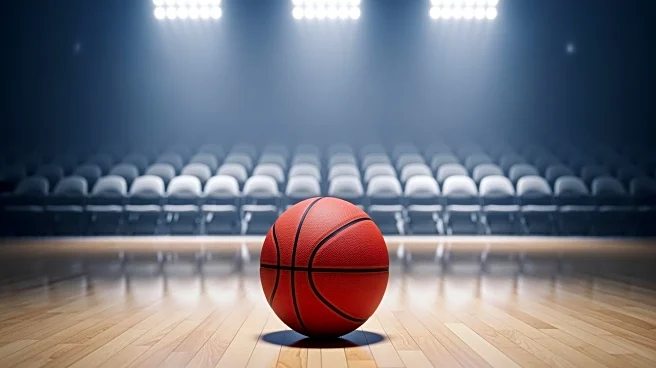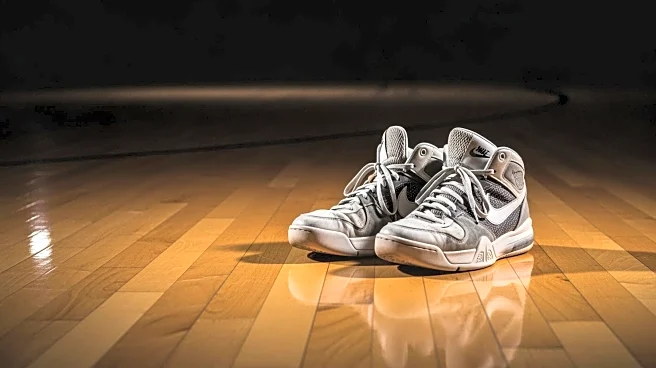What's Happening?
ESPN host Stephen A. Smith recently discussed LeBron James' approach to handling criticism, particularly in relation to racial dynamics. During an interview on 'The Pivot Podcast' with Ryan Clark, Smith referenced
an incident where James confronted him at a Lakers game in March. Smith questioned whether James' treatment of critics is influenced by their race, asking if James has ever confronted a 'White boy' in the same manner. This conversation stems from Smith's past criticisms of the Lakers' handling of James' son, Bronny James. Smith defended his professional ethics, stating that his criticisms were not personal attacks. The incident highlights the tension between public figures and media personalities, especially when family members are involved.
Why It's Important?
This discussion sheds light on the complex relationship between athletes and media figures, particularly when race and family are involved. LeBron James, as a prominent public figure, often faces scrutiny not only for his performance but also for his personal life. The incident underscores the challenges media personalities face in balancing critical analysis with respect for personal boundaries. It also highlights the broader societal issue of how race can influence interactions and perceptions in high-profile settings. The conversation between Smith and James may prompt further discussions on how media coverage can impact athletes and their families, potentially influencing public opinion and media practices.
What's Next?
As this conversation continues, it may lead to broader discussions within the sports community about the role of media in athletes' lives and the boundaries of criticism. Stakeholders, including media organizations and sports leagues, might consider revisiting guidelines on how personal matters are addressed in public forums. Additionally, this incident could encourage athletes to engage more openly with media figures to address misunderstandings and foster mutual respect. The ongoing dialogue may also influence how future interactions between athletes and media are perceived and managed.











